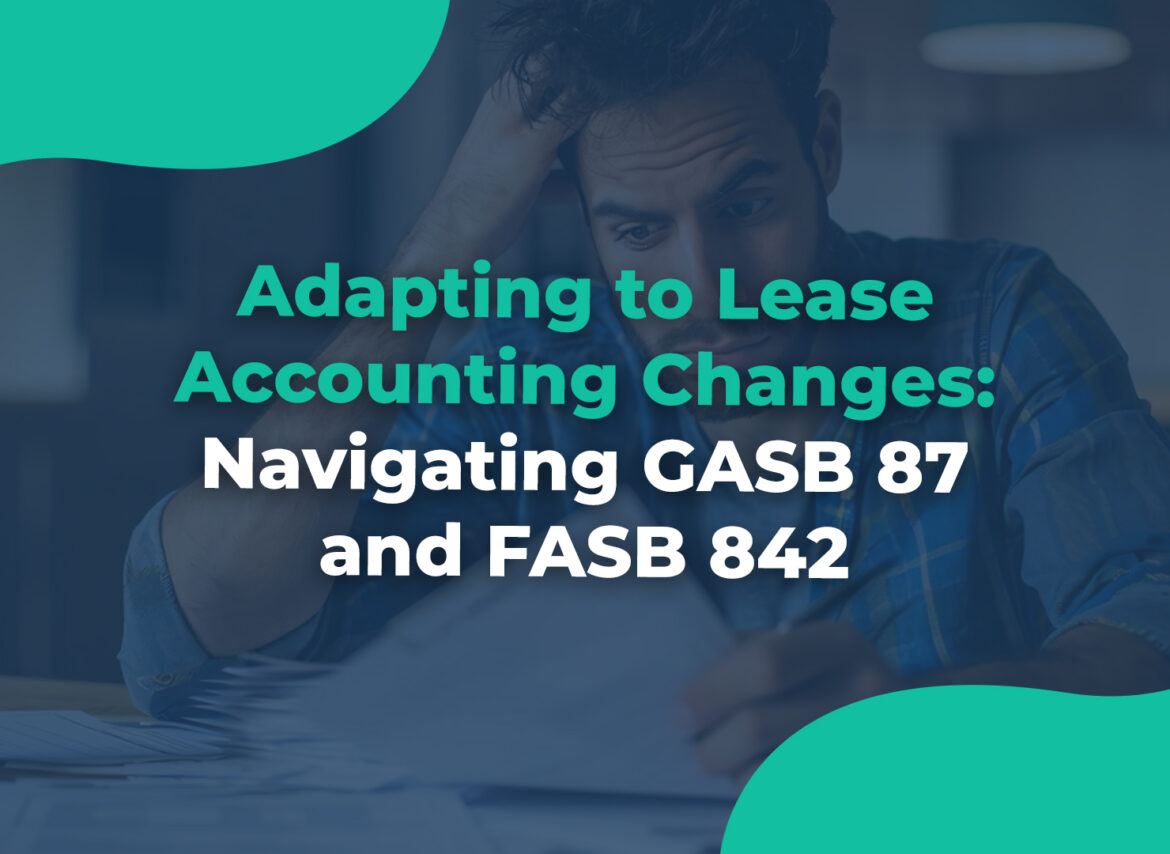Understanding the Changes
- GASB 87: Applicable to government entities, this standard mandates the recognition of lease assets and liabilities on the balance sheet, with few exceptions like short-term leases.
- FASB 842: For private sector companies, this standard also requires most leases to be recorded as assets and liabilities, differentiating between finance and operating leases.
Operational Adjustments
Organizations must adjust their systems, processes, and training to comply with the new standards:- System Upgrades: Update accounting systems to track lease data accurately.
- Data Management: Implement processes for comprehensive lease data collection and management.
- Training: Ensure staff are well-trained on the new standards to avoid compliance issues.
Strategic Considerations
Beyond compliance, these standards prompt a reevaluation of leasing strategies:- Lease vs. Buy: With leases now on the balance sheet, organizations may reconsider whether to lease or purchase assets.
- Financial Ratios: The changes may impact key financial ratios, affecting loan covenants and investor relations.
- Transition Planning: A clear plan is essential for smoothly implementing the new standards.







